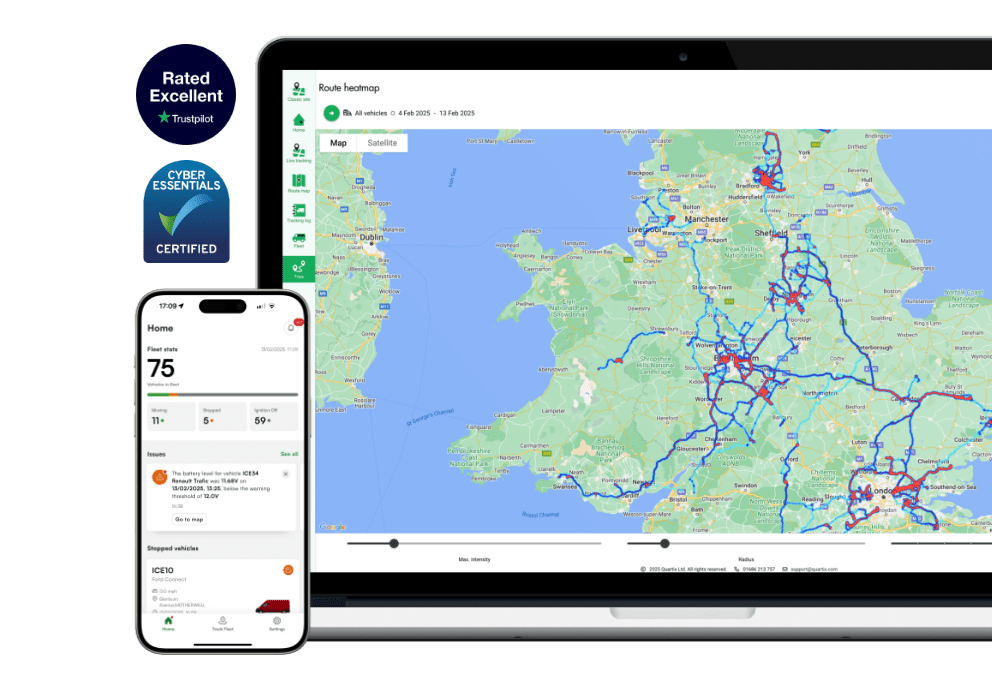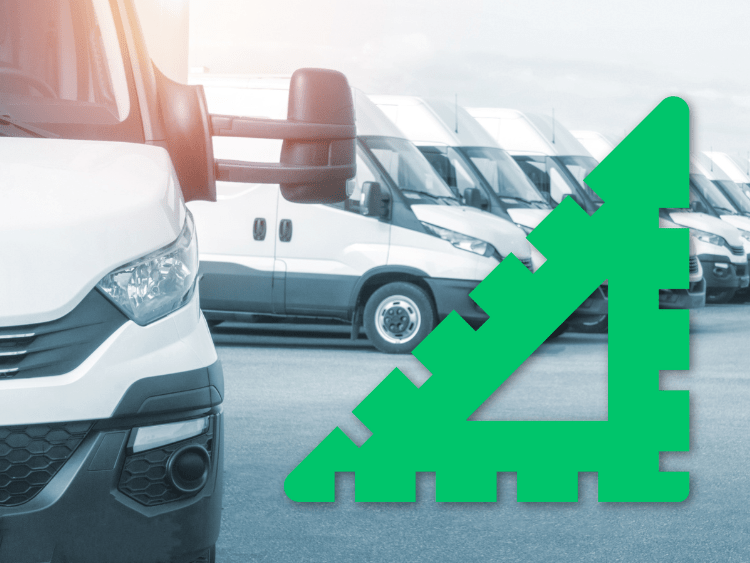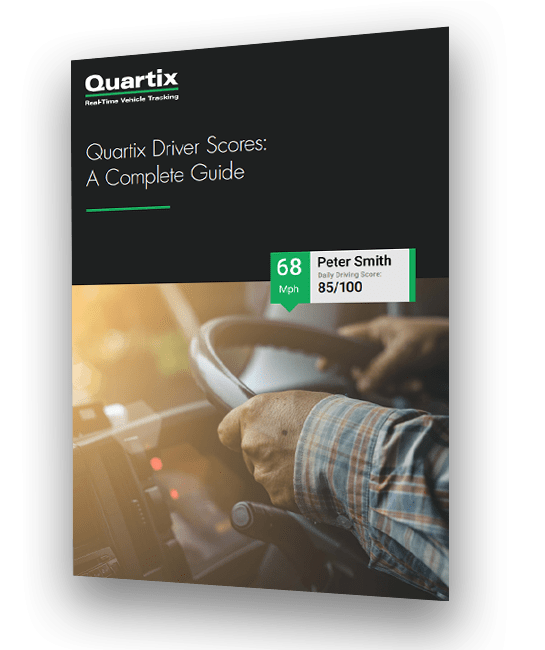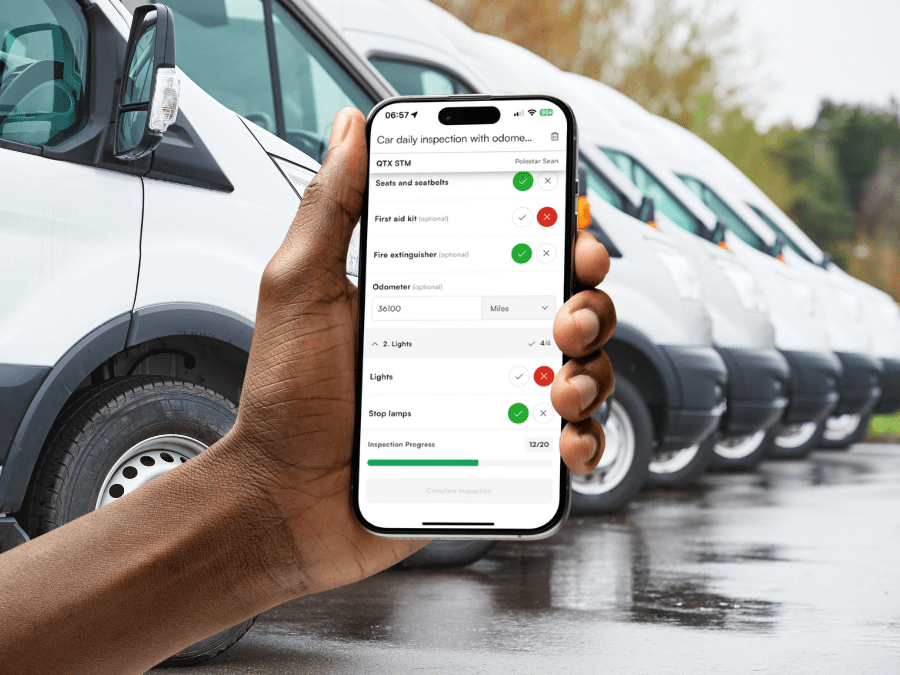Whether EVs are already a strong part of your fleet or still feel a long way off, planning for the transition is now a core part of responsible fleet management. But for some businesses, the move to electric might not be attainable at present.
New EV models that meet range and payload requirements come with higher price tags. At the same time, falling residual values make used EVs, particularly eLCVs, a more attractive option on paper, but not always easy to source or justify. On top of this, there’s a long list of practical questions:
- Will your depots and driver homes support charging?
- How will charging cycles fit around working hours and customer commitments?
- What’s the right vehicle for each job?
For some fleets, the honest answer is: EVs just aren’t realistic yet. But that doesn’t mean standing still. If your zero-emission plans aren’t yet in clear sight, there are plenty of ways to tackle unnecessary fleet emissions today, with the vehicles you currently run.
Small changes go a long way
When attention turns to reducing carbon footprint, many fleets are surprised by how much difference small operational changes can make.
Tighter control of how vehicles are used can:
- Reduce fuel spend
- Cut CO₂ emissions
- Improve driver safety
- Extend vehicle life and reduce maintenance costs
- Build the data and habits needed for a smoother EV transition later
Today, it’s increasingly difficult to justify inaction. Customers, suppliers and staff are paying attention to how organisations operate. A visible, credible sustainability journey is now a deciding factor for many when choosing which businesses to work with.
If you are looking for practical steps that you can take today to reduce your fleet’s carbon footprint – your telematics data offers a clear starting point.
Let’s explore how it can help.

1. Analyse journeys: cut out wasted miles
Every unnecessary mile has a cost – in fuel, emissions, time and wear and tear. The first step is to understand where vehicles are going and why.
Using telematics, you can:
- Map typical journeys and hotspots
- Identify repeat visits and overlapping routes
- See where vehicles are travelling off-route or out of hours
Once you have that visibility, patterns quickly emerge. For example:
- Two teams regularly visiting the same area on the same day
- Vehicles taking longer routes than necessary
- Frequent trips that could be combined or handled remotely
Even a modest reduction in mileage can have a big impact. Cutting 10% of annual mileage across a high-mileage fleet can save thousands of pounds in fuel and significantly reduce CO₂.
How to do this with your telematics system:
Quartix route analysis and trip reports show you all journeys taking place and which journeys overlap – so you can easily spot inefficiencies and combine or reschedule jobs to remove waste.

2. Right-size your fleet: Match vehicles to requirements
Fleet right-sizing is about aligning the number of vehicles in your fleet with how your business actually operates.
With telematics data, you can see:
- Which vehicles are in constant use
- Which sit idle for long periods
- Which types of vehicles are used for which types of jobs
This clarity allows you to:
- Remove underutilised vehicles from the fleet
- Reallocate work to balance usage across assets
- Make sure the right vehicle is doing the right job
Taking even a single underused vehicle off the road can save thousands in annual running costs – and in turn reduce the fleet’s carbon footprint.
What’s more, when you do plan EV replacements, you’ll know every remaining vehicle is working to its full capacity. That helps you avoid procuring EV counterparts for vehicles that were surplus in the first place.
How to do this with your telematics system:
Quartix utilisation reports show you daily and weekly usage patterns – helping you identify assets that are essential, overworked, or underused. At any time, the dashboard shows you a clear breakdown of which vehicles are in use, and which are stationary, you can even build KPI alerts to let you know when activity falls below a minimum number of trips per day.

3. Address driver behaviour: Safer, smoother trips
Driver behaviour has a direct impact on emissions, fuel, and safety. Harsh acceleration, speeding and heavy braking all increase fuel consumption and the risk of incidents.
Simple, targeted feedback can help drivers develop safer, more economical habits. For example:
- Gradual speed changes and smoother acceleration
- Leaving greater distance ahead to avoid harsh braking
- Lowering speed and driving at appropriate speeds for the road
Harsh driving can increase fuel consumption by up to 20%. Improving behaviour doesn’t just cut fuel use – it reduces accident risk, downtime and repair bills too.
The key is visibility. You can’t coach what you can’t see.
How to do this with your telematics system:
With driver scores, and driver behaviour league tables, Quartix gives you a fair, consistent way to monitor driving and support drivers with constructive coaching.
4. Don’t let engines idle: A small habit with a big impact
Idling is one of the most overlooked areas where fleets can make huge reductions in fuel use and emissions.
Just 15 minutes of idling can emit more CO₂ than driving a couple of miles, while burning fuel and adding unnecessary engine wear. Engines aren’t designed to idle for long periods; over time, that extra strain adds up.
By using telematics to monitor idling, you can:
- Spot vehicles idling for long periods at depots, sites or stops
- Identify patterns by driver, route or location
- Introduce a clear “switch off after 30 seconds” policy
These are small changes in daily behaviour, but across a fleet they deliver a huge return in fuel savings and reduced emissions.
How to do this with your telematics system:
Quartix idling reports highlight exactly where and when engines are left running and how long for, giving you the insight needed to easily tackle the issue. See our blog to learn more about the impact of engine idling.

5. Stay on top of vehicle health
Vehicle condition has a bigger impact on fuel and emissions than many realise. Under-inflated tyres, unsecure or unnecessary loads and poor maintenance all make vehicles work harder.
Some simple checks can make a real difference:
- Keeping tyres inflated to the recommended pressure (under-inflation can reduce fuel economy by around 3%)
- Removing unnecessary equipment or cargo that adds weight
- Ensuring servicing is kept up to date
- Checking that defects are reported by drivers and fixed promptly, before they deteriorate
The DVSA pays close attention to vehicle roadworthiness, and overlooked basics can quickly become a compliance issue.
How to do this with your telematics system:
Quartix can support your vehicle safety checks process with an easy-to-use inspections app for your drivers, Quartix Check. What’s more, you can stay on top of maintenance scheduling with quick checks of service dates, mileage and vehicle usage in our fleet management reports.
Prepare for tomorrow’s fleet
Improvements in how your ICE vehicles are managed can deliver significant results, especially in large fleets covering high mileage. So, until the day you’re handing out keys to an all-electric fleet, there’s a huge opportunity to use this time wisely:
- Reduce the environmental impact of your existing vehicles
- Lower fuel and operating costs
- Improve safety and compliance
- Build the data, habits and efficiencies that will make an EV transition smoother when the time is right
You don’t have to wait for EVs to start making progress on sustainability. With the right telematics insights, every journey, every vehicle and every driver can play a part in cutting emissions today – and preparing your fleet for tomorrow.
Speak to our team
Learn how to use the Quartix system to drive down fuel use, optimise vehicle activity, and lower your fleet emissions today.
Get started






